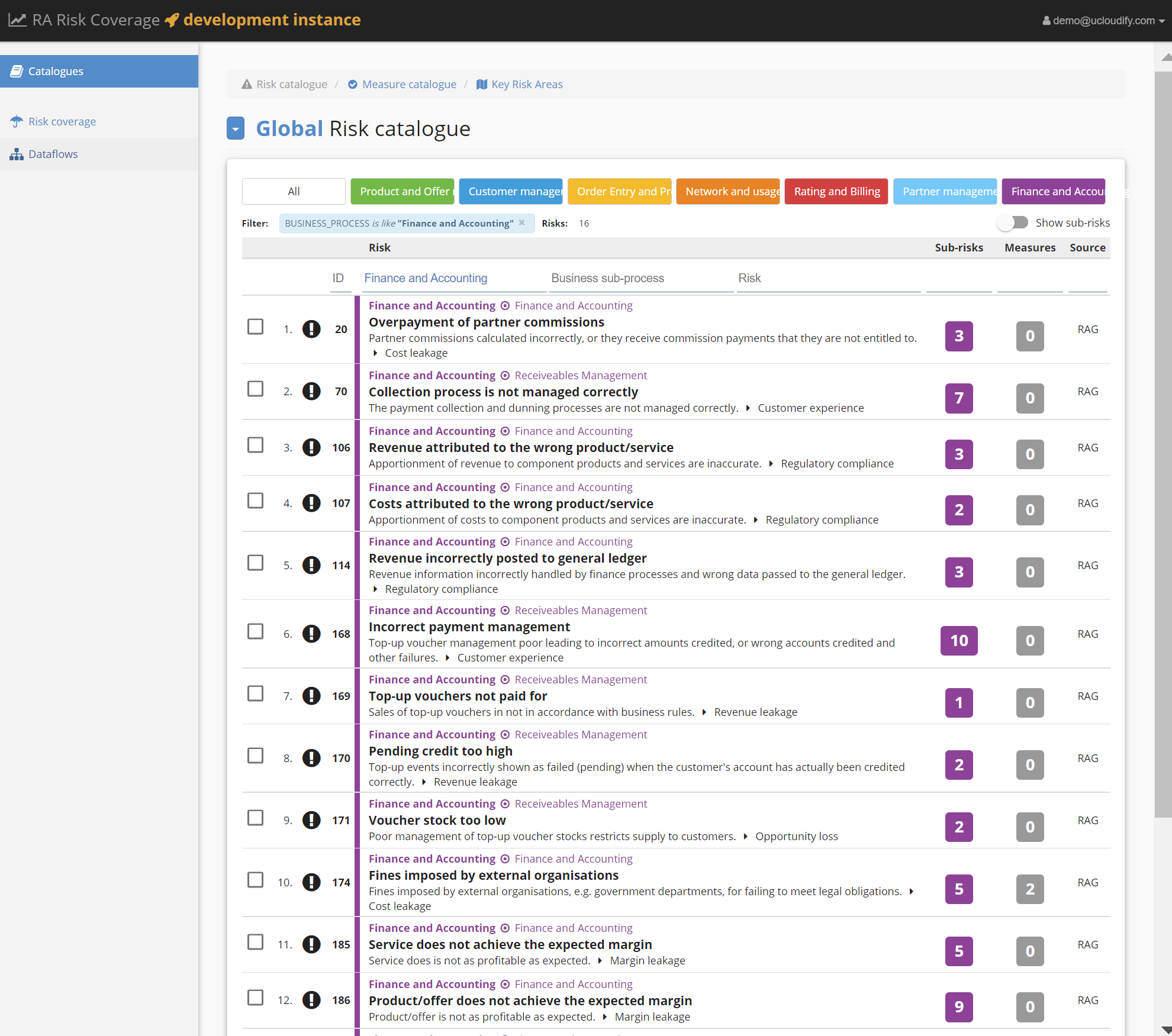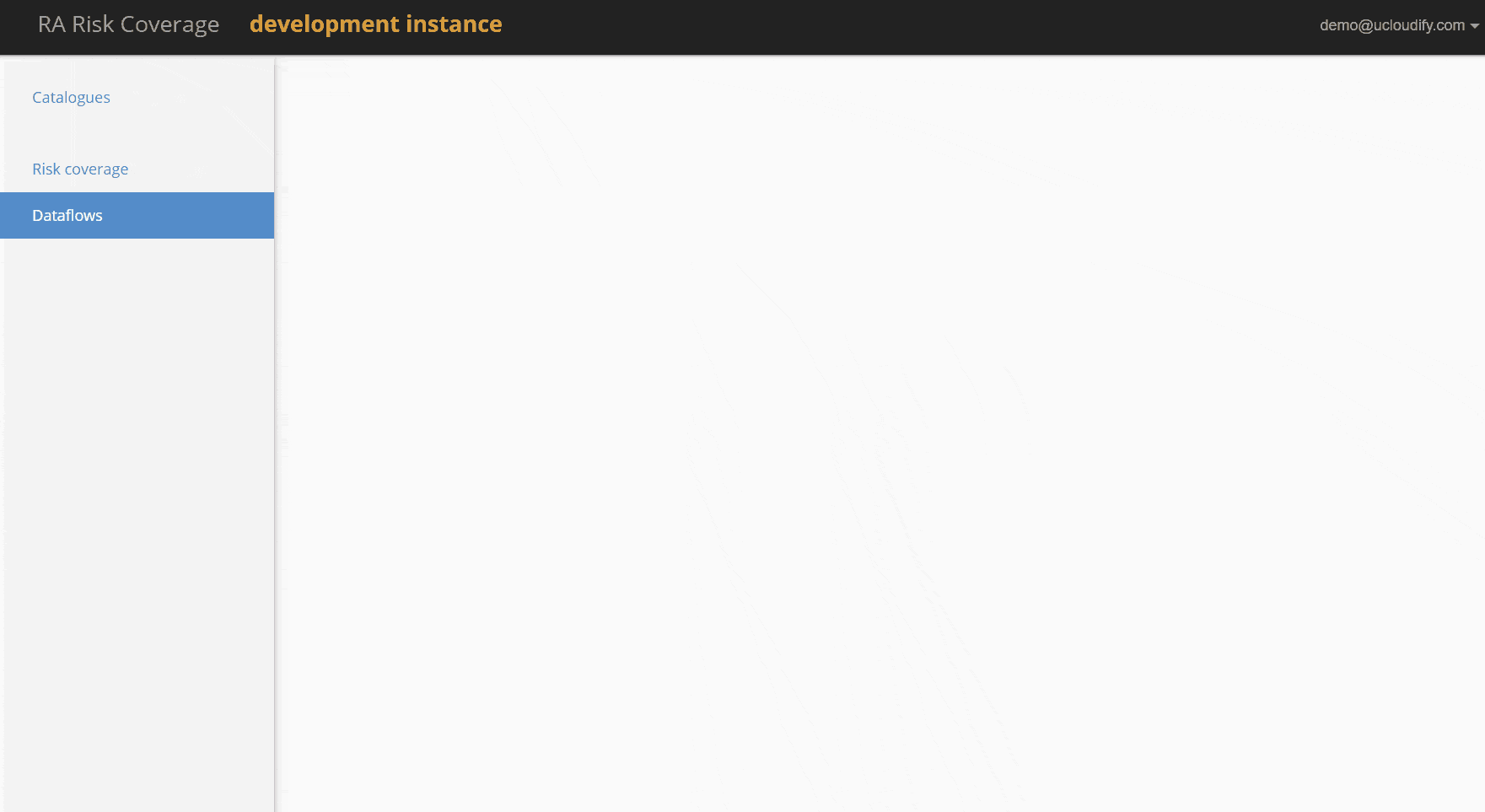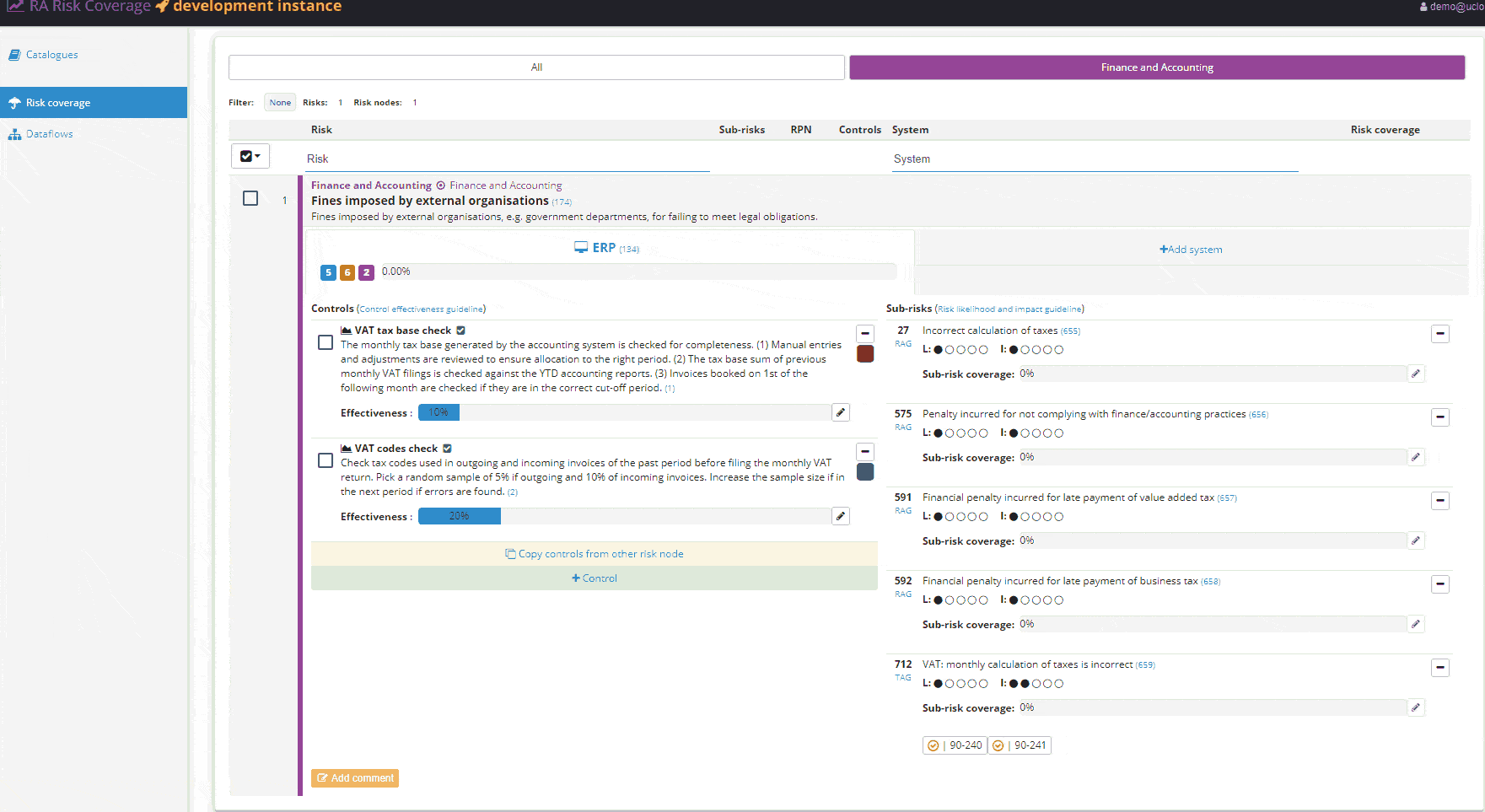Risk Control System in Three Easy Steps—Free Software with a Demo Server
Risk management is essential for growing sustainable business and in most countries even required by law.

Risk Control—Good Practice and a Legal Requirement
A risk control system is required by law in most countries regardless of the company’s size. However, it is especially the small businesses who don’t think about compliance more than they have to. By principle, a missing risk control system signifies negligence and increases the personal liability of the management, even in limited liability corporations. Needless to say, the idea of any risk control system is to ensure sustainable revenue, which is a good thing regardless of the legal circumstances. In this article, we present you with a simple technical solution that can help you meet all requirements.
- Risk Control—Good Practice and a Legal Requirement
- Free Software and Our Demo Server
- International Risk Management Guidelines
- Step 1: Risk Catalogue and Assessment
- Step 2: Process Definition and Control Design
- Step 3: Risk Coverage
- Sidenote—Limitation of Tax Liability in Austria
- Conclusion
- What is left to do?—Get in Touch!
Free Software and Our Demo Server
You can try everything shown in this article yourself. We have launched a demonstration server for you to try out. Learn more about where you can find our demo server and how to request your own credentials for testing on our Demo Server page.
As with all of our solutions, our focus is on security, functionality, and affordability. This solution is based on an open-source project which became a part of one of the biggest telecom providers and is available free of charge. You can stay in charge of your own data. You can easily deploy this solution on your own server.
International Risk Management Guidelines
The three-step process is a simplification of the International Risk Management Guidelines, ISO 31000 (available here), based on a practical approach for small-sized companies in central Europe. Please note that we cannot guarantee this approach is sufficient in the jurisdiction at your location. This article presents a technical solution and does not qualify as legal advice.
Are you interested in risk management regulations in various jurisdictions?
Please leave a comment below!
Step 1: Risk Catalogue and Assessment
When setting up a risk control system, the typical first step is crafting a catalogue of all potential risks based on the industry, size, and other markers. When it comes to revenue assurance, there is no need to start from scratch. For example, you can use the catalogue by the Risk Assurance Group (more information), available for free under Creative Commons Attribution-Non Commercial-No Derivatives International 4.0 Licence. This catalogue is already available as a template on our demo server. Once you have your complete risk catalogue you can pick the risks relevant to your business and assess their likelihood and potential damage if no controls are considered. The assessment has to be based on clear unbiased criteria.
Step 2: Process Definition and Control Design
Before you can place your controls you need to define the process to be followed. Each process has its components, such as data sources/inputs, processing systems, byproducts, and outputs. Once you have a description of your process you can strategically design and place controls to achieve the highest possible effect. Note that this can be challenging without prior experience in risk management. Engaging a specialist can be reasonable.
Step 3: Risk Coverage
Once your processes have the controls designed and placed, it is time to go back to the previously identified risks and assess their coverage. The assessment of the effectiveness of each control should again be done based on clear unbiased criteria. The result is a clear overview of which areas still need more attention and control and which are maybe overly micro-managed.
Sidenote—Limitation of Tax Liability in Austria
The tax blog P.M.Steuerberater kindly prepared a small insight into what a Tax Risk Management and Compliance System according to the Austrian legal requirements (see KFS/PE 29 available here) could look like if implemented with this software solution. (An additional post on that topic will be published on their blog shortly.)
Conclusion
A full risk compliance system consists of process description, guidelines, and a risk-control matrix. It is essential for growing sustainable business and in most countries even required by law. The free software presented here provides an adjustable solution to meet the documentation and assessment requirements in just three simple steps. It is especially suitable for small businesses that are in need of an affordable yet professional alternative to other known expensive software.
What is left to do?—Get in Touch!
Do you want to find out more about this solution? Don’t hesitate to contact uCloudify.
This article is not legal advice. Any notes on law refer to general, publicly accessible information.
Did you like this post? Please comment!
Did we get everything right? Did we miss a topic you’re interested in?
Do you know a better way? Please let us know!




